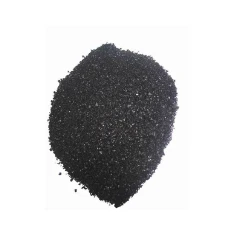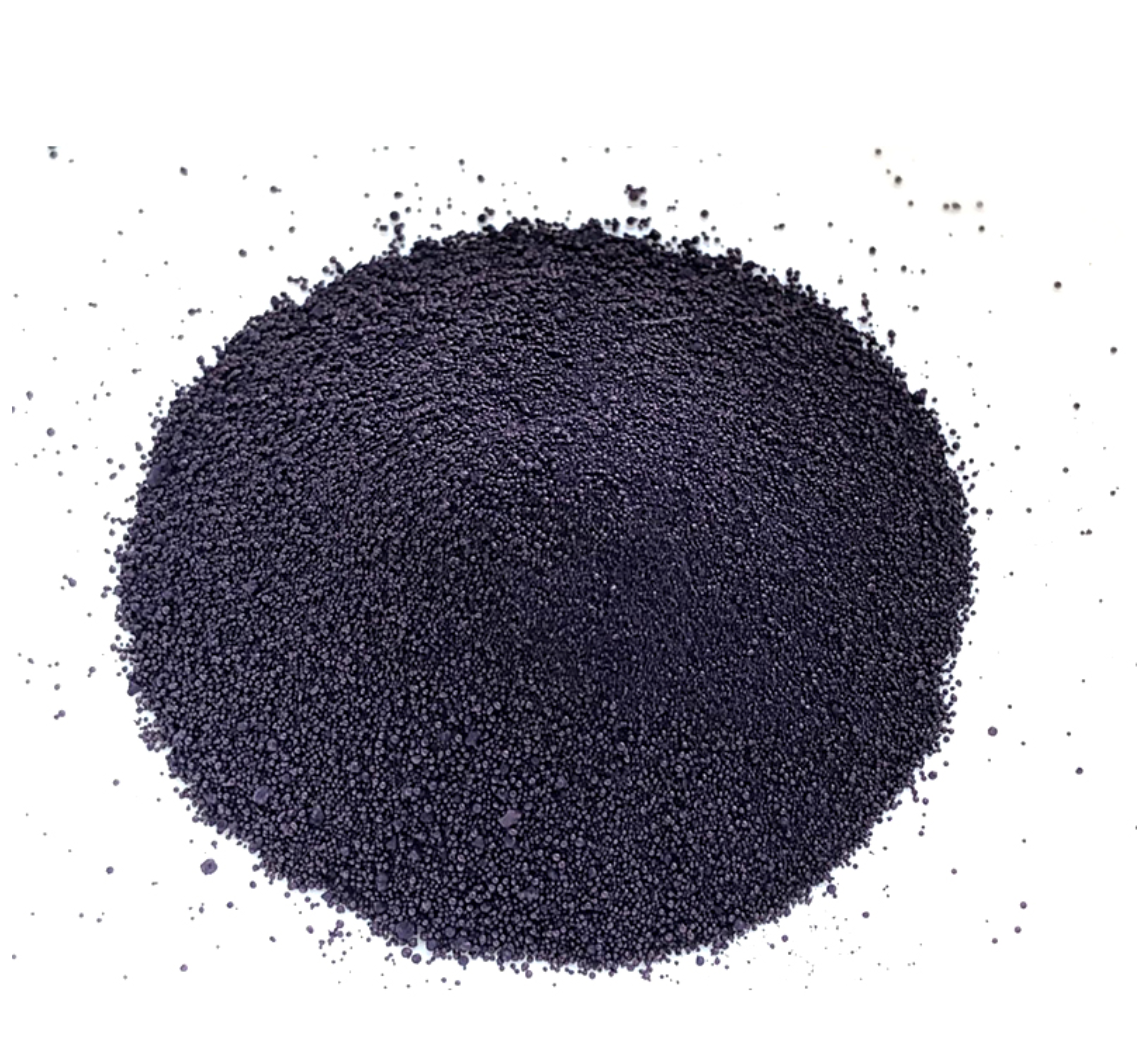Indigo Blue Vat Blue


For those journeying into commercial production or artisan crafting, the dyeing technique itself requires proficiency. The dyeing process begins with reducing the indigo dye - shifting it from insoluble indigo to a soluble form called leuco-indigo. This conversion allows fabric fibers to accept the dye. Professionals use a vat filled with a reducing agent such as fructose or thiourea dioxide to initiate this transformation. This step ensures a deep bond between the indigo and textiles, resulting in the iconic fade-resistant color. Indigo's popularity has prompted exploration into varied techniques that extend beyond traditional fabric dyeing into applications including pottery glazing, leather crafting, and even yoga mat coloring. As an authoritative voice in these sectors, expertise about fiber types, mordant use, and creative application methods expands the indigo repertoire. Understanding specific fiber reactions to indigo, such as cotton's absorption versus wool's texture retention, enables custom, premium quality products. Trustworthiness in indigo dye production is not only about technique but also sustainable practices. Working directly with indigo cultivators ensures ethical sourcing and community support. Certification standards like GOTS (Global Organic Textile Standard) further authenticate the quality and sustainability of the end product, crucial for consumers who prioritize transparency. When all these elements converge, the mastery of indigo dye becomes more than just knowledge of craft; it forms an unbroken lineage of cultural heritage infused with modern innovation. By upholding these practices and continually sharing expert knowledge, the indigo dye industry remains vibrant, poised for new discoveries and boundless creativity.
-
Thermal Stability Analysis of Bromo Indigo Pigments
NewsJun.06,2025
-
Sulphur Black Dye Oxidation Process Optimization
NewsJun.06,2025
-
Lightfastness Testing of Bromo Indigo Dyed Denim
NewsJun.06,2025
-
Granule Size Distribution and Jeans Color Uniformity
NewsJun.06,2025
-
Gradient Dyeing Methods with Indigo Blue Granules
NewsJun.06,2025
-
Dyeing Temperature Effects on Sulphur Black Color Fastness
NewsJun.06,2025
-
Sulphur Black Dyes in Daily Use
NewsMay.07,2025

Sulphur Black
1.Name: sulphur black; Sulfur Black; Sulphur Black 1;
2.Structure formula:
3.Molecule formula: C6H4N2O5
4.CAS No.: 1326-82-5
5.HS code: 32041911
6.Product specification:Appearance:black phosphorus flakes; black liquid

Bromo Indigo; Vat Bromo-Indigo; C.I.Vat Blue 5
1.Name: Bromo indigo; Vat bromo-indigo; C.I.Vat blue 5;
2.Structure formula:
3.Molecule formula: C16H6Br4N2O2
4.CAS No.: 2475-31-2
5.HS code: 3204151000 6.Major usage and instruction: Be mainly used to dye cotton fabrics.

Indigo Blue Vat Blue
1.Name: indigo blue,vat blue 1,
2.Structure formula:
3.Molecule formula: C16H10N2O2
4.. CAS No.: 482-89-3
5.Molecule weight: 262.62
6.HS code: 3204151000
7.Major usage and instruction: Be mainly used to dye cotton fabrics.

